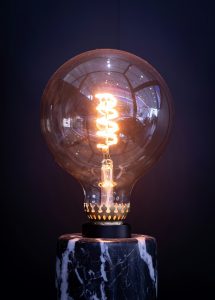Evaluating Information and Information Sources
Evaluating Information and Critical Thinking
Enhancing your critical thinking skills is one of the most important things you will learn in university. The opportunity to critically evaluate sources is one of the reasons that your lecturers assign research projects, and your future employers will expect you to have learned how to do this. For the rest of your professional and personal life you will be using the critical thinking skills that make choosing the right sources possible, so taking the time to practice those skills is a great investment.
What is critical thinking?
Some people might associate “thinking critically” about potential information sources with approaching them in an overly negative manner: it is not that. Although, as a result of critical thinking you may come to regard some sources in a negative light, the act of critical thinking involves “using mental processes such as attention, categorisation, selection and judgement” (Cottrell 2023, p.1) to arrive at a conclusion. Thinking critically about your potential sources means reflecting on them and determining that they meet your current information need: that the information contained in them is scholarly (where this is required/expected) or otherwise credible, that they are relevant to your research question, and that they are timely, rather than simply accepting the first sources that you encounter.
When evaluating information you need to consider:
• Is this category of information appropriate for inclusion in my academic work?
• Is the content relevant to my research question?
• Is the information current or otherwise timely?
• Is it credible?
You can apply the guidelines contained in the following sections to help you decide.
You might already be worrying about how long evaluating sources is going to take. However it is not necessary to read every word of every source to identify it as scholarly material and arrive at a preliminary decision that it is relevant, timely, and credible. Later of course, when you have a collection of sources that have passed the evaluation “tests”, you must undertake in-depth reading of each to fully understand the information set forth and identify parts that you can compare, contrast and synthesise with information from your other sources. You can also identify direct quotes, paraphrases, and develop summaries that you may want to use in the write up of your literature review.


